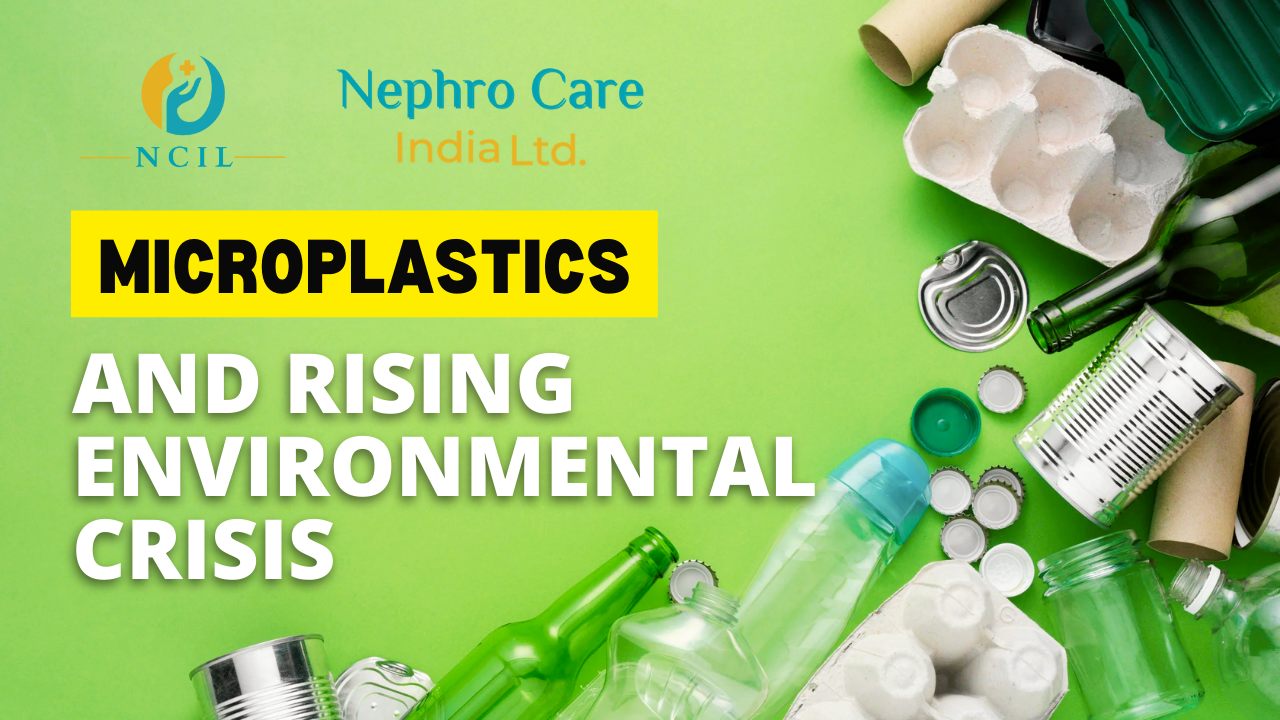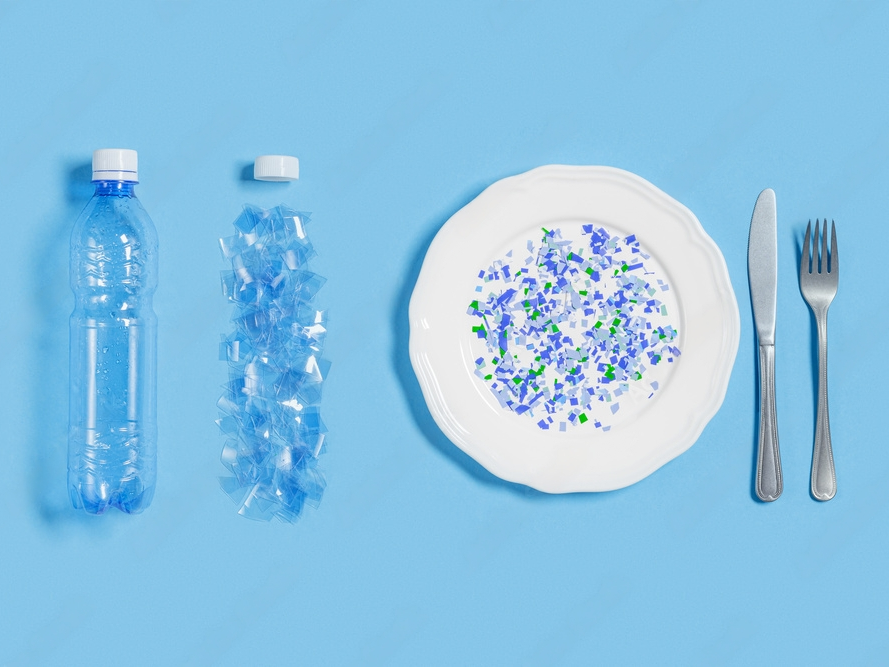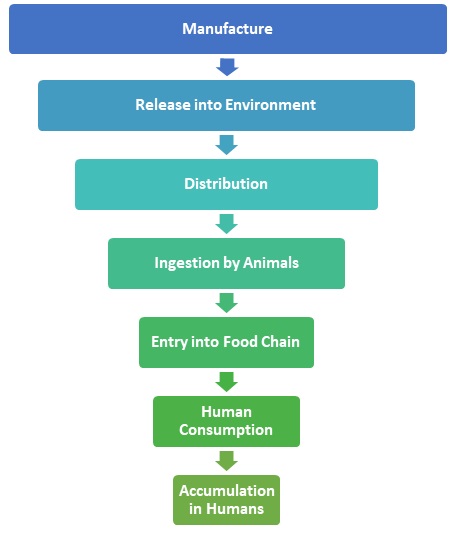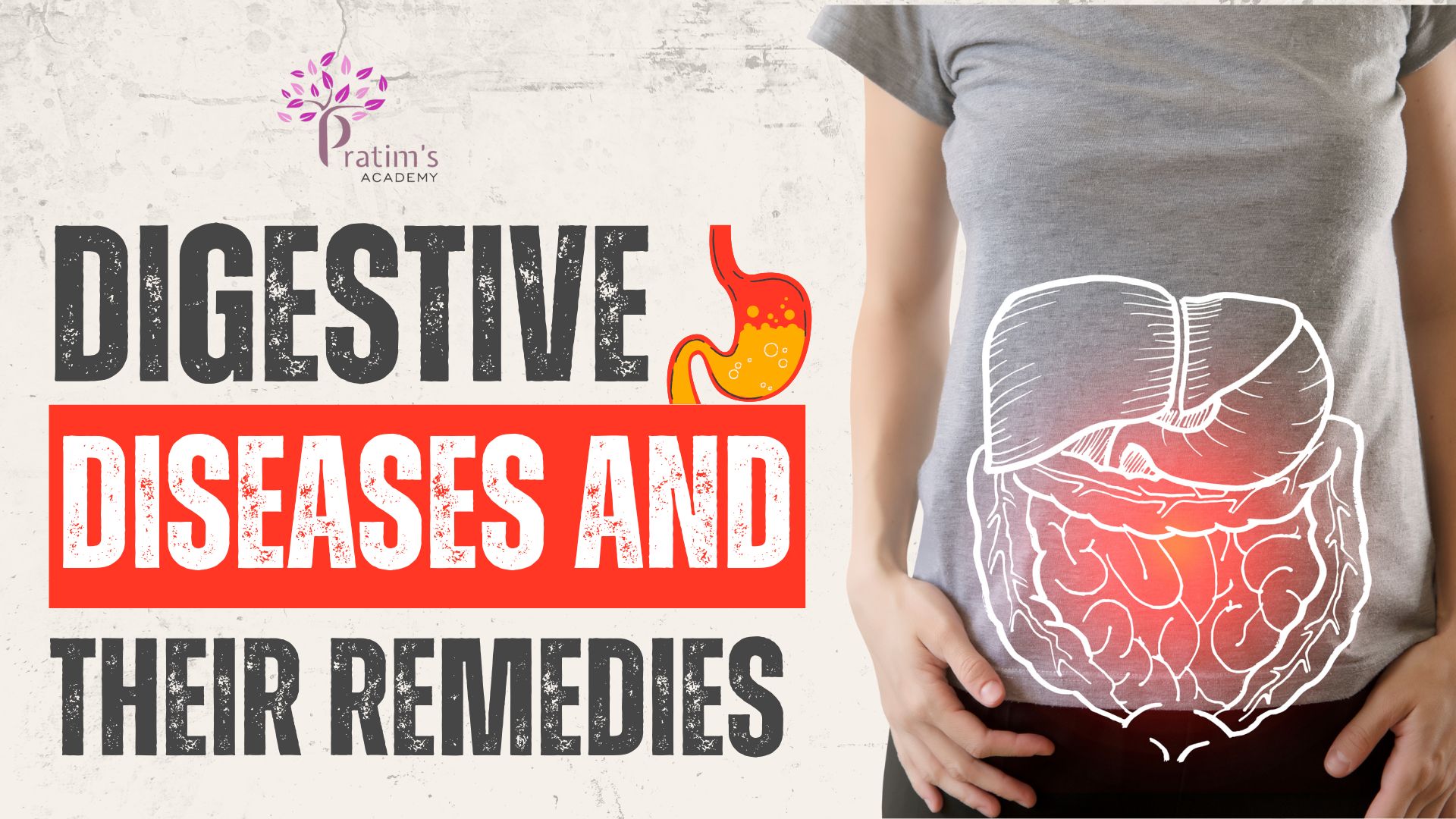
- 987
- 2
Microplastics and Rising Environmental Crisis
Nowadays, we face many inconveniences when shopping at markets or malls due to the lack of plastic bags or the need to pay for them. Have we ever thought about where all those bags end up? We’ve often viewed plastic bans as a hassle without considering the deeper reasons behind them. Plastic bags don’t just disappear once discarded; they break down into microplastics, taking hundreds of years to decompose. These microplastics harm wildlife, pollute our oceans, and enter our food chain. Change is hard, and it’s easy to miss the bigger picture when we’re busy with our daily lives. However, small changes, like using reusable bags, can make a significant difference over time.

This blog aims to discuss what microplastics are, their origins, their effects on human lives, and measures that can be taken to prevent this emerging problem.
Microplastics
Microplastic can be defined as a plastic item that measures less than 5mm in size and can be derived through two ways, namely, fragmentation of the large-sized plastics and conscious discharge of microsized plastics used in products. Microplastics are categorized into two main types: primary and secondary. Primary microplastics are deliberately manufactured and small, while secondary microplastics are formed from the degradation of larger plastics. Due to their small size they can be easily consumed by sea creatures and thus get into the human food chain-carrying numerous risks to human health and the environment.
Sources of Microplastics

- Cosmetic and Personal Care Products: The small plastic particles commonly found in exfoliating scrubs, toothpastes, and other beauty products are known as microbeads. These microbeads are washed down the drain and, in some cases, can pass through water treatment plants, ultimately finding their way into rivers and oceans.
- Synthetic Clothing: Some of the common microplastics are found in wastewater after washing synthetic textiles such as polyester and nylon. These fibers are microscopic and do not get filtered in water treatment plants and find their way into natural water sources.
- Plastic Packaging and Bottles: Secondary microplastics are produced through the degradation of plastic packaging, bottles and other plastic products.
- Automotive Tire Wear: Worn-out tires release small plastic particles on roads, which when washed away, end up in water bodies.
- Marine and Urban Litter: Plastics in the marine and the urban environments are made up of large pieces of debris that disintegrate into smaller ones through physical, chemical, and biological forces.
Pathways of Microplastic Entry into the Human Body
Microplastics can infiltrate the human body through several routes:

- Ingestion: These tiny particles are found in various food products, such as seafood, salt, honey, and bottled water. Marine animals consume microplastics, which then move up the food chain, eventually reaching humans.
- Inhalation: Urban air contains microplastics that can be inhaled, allowing these particles to lodge in the respiratory system.
- Dermal Contact: While less common compared to ingestion and inhalation, microplastic can also penetrate the body through skin contact, particularly from personal care items that contain microbeads.
Microplastics Lifecycle:

Impact of Microplastic Waste on Human Health
The widespread presence of microplastics in the environment poses substantial health risks to humans. Key concerns include:
- Ingestion and Accumulation: Microplastics can enter the human body through the consumption of contaminated seafood, water, and air. These particles may accumulate in the digestive system and potentially migrate to other tissues.
- Chemical Contaminants: Microplastics can attract and carry harmful chemicals from the environment, such as persistent organic pollutants (POPs) and heavy metals. Once ingested, these chemicals can be released into the body, leading to toxic effects.
- Physical Damage: The physical presence of microplastics in the body can cause inflammation and harm to the gastrointestinal tract.
- Endocrine Disruption: Certain microplastic chemicals, such as bisphenol A (BPA) and phthalates, are known endocrine disruptors. These substances can interfere with hormonal functions and may lead to reproductive and developmental issues.
Strategies to Combat Microplastic Pollution:
Effectively tackling microplastic pollution necessitates a comprehensive strategy that includes policy reforms, technological advancements, and shifts in consumer behavior:

- Policy and Regulation: Governments can implement stricter controls on microplastics in consumer goods, such as banning microbeads in personal care products. It’s also crucial to introduce policies aimed at reducing plastic production and encouraging the use of biodegradable materials,
- Enhanced Waste Management: Improving waste collection, recycling programs, and wastewater treatment processes can significantly reduce the amount of microplastics entering the environment.
- Consumer Awareness and Behavioral Change: Educating the public about the sources and effects of microplastics. Which can lead to more environmentally conscious consumer choices, including reduced plastic use and a preference for sustainable products.
- Research and Innovation: Investing in the development of alternative materials and advanced filtration technologies is essential. Innovations in creating biodegradable plastics and effective methods for removing microplastics from water systems are particularly promising.
Conclusions
The issue of microplastic pollution is intricate and widespread, demanding immediate attention from individuals, industries, and governments. Ongoing research aims to fully understand microplastics’ impact on human health. However, current evidence emphasizes the urgency of preventive measures and innovative solutions. By collaboratively targeting the sources of microplastics and employing effective strategies, we can reduce their harmful effects on both our health and the environment.
Comment
2024-06-06 09:20:40
Khadem Monirul Alam
Very good topic for the awareness of mass people and concerned authorities. Thanks a lot.
Glad to hear from you. Stay informed with upcoming health-related blog updates at https://www.drpratim.com/blogs/
Check Your EGFR
***We Promise, no spam!








2024-06-15 13:55:10
Suman khowala
Packing and disposing all dry waste including plastics
Thank you for your response. Responsible waste management is crucial in mitigating microplastic pollution and protecting our environment. Stay informed with upcoming health-related blog updates at https://www.drpratim.com/blogs/